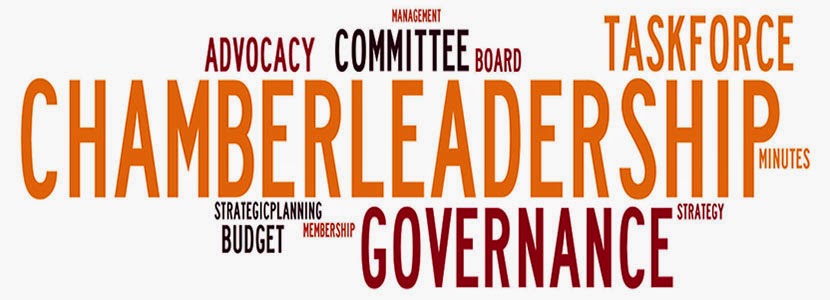The following post are my notes from his presentation and some direct quotes from his PPT.
The culture at our organizations has changed over the past year. He started by making two statements or observations:
- WHADITW – in 2019, we have always done it that way; and
- WHNDITW – in 2020, we have never done it this way.
In 2021, he discussed culture, culture patterns and culture plays.
Culture – “the collection of words, actions, thoughts, and stuff that clarifies and reinforces what is truly valued in an organization.”
Culture patterns – he discussed the things that are happening underneath in an organization not just on top and put some statistics to his comments.
He focused on three of eight of these patterns he’s identified, Innovation, Agility, and Collaboration.
Innovation – people embrace innovation but it’s unrealized. He talked about concepts vs practices. We make effort but don’t follow through. His final comment on this was just do it!
Agility – he used the terms forward action vs effective action and stated we’re not good at stop doing things. Think sacred cows and go HERE for a blog post I did on that subject.
Collaboration – we value it but we’re not building the processes and systems to bring them to fruition. In this case, it’s individual vs groups. This is where silos come in to play and have a negative effect on moving forward.
He went on to discuss the advantage of having a culture playbook. What does he mean by that? He mentioned six but focused on three: process; structure/design; and technology. If you don’t have these three in place you won’t make much progress.
He identified three areas that have changed since COVID.
Increase Passive Transparency - when you’re in the office you get a sense of who does what, who’s meeting and who’s doing what. In this remote work life, you need to find ways to show that by what we’re missing by not being in the office.
Share more from the top – we moved to bi-weekly all staff meetings to hear from the senior leadership team. We did not have that when we were in-person.
Handle your difficult conversations – it’s important to not let these “prickly” issue fester when working remotely.
He ended with a suggestion - “if you want to change your culture you need to measure your successes.” Be intentional about your culture and measure it.
Measure results!

